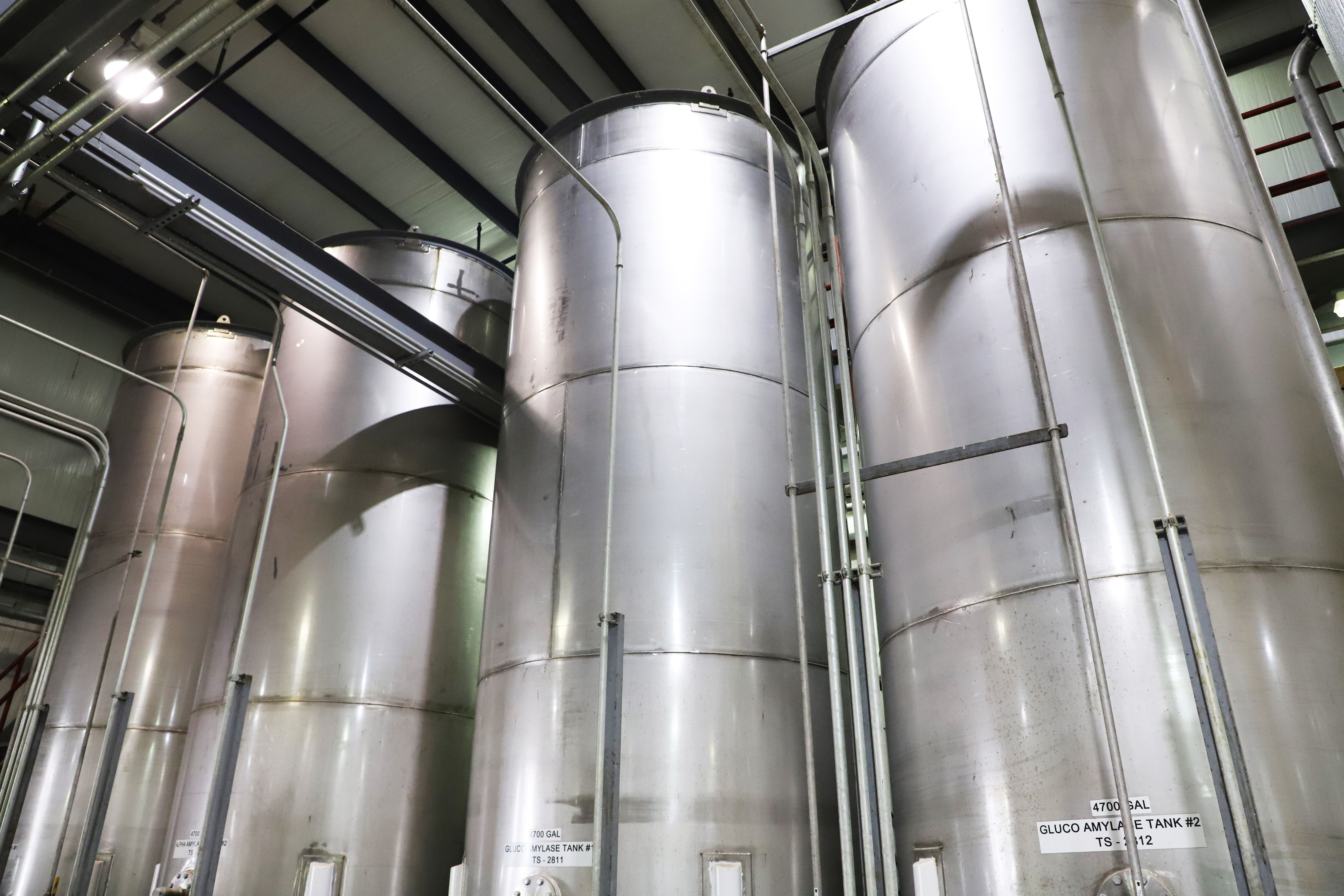Ethanol’s high octane value has allowed refiners to significantly reduce the aromatic content of gasoline. To be exact, increased ethanol in gasoline allowed the United States to reduce the total volume of aromatics in gasoline from about 25% in 2005 to about 20% in 2016 (U.S. EPA).
In 2024, recent peer-reviewed studies will be published to SAE International that further illuminate the positive impact of ethanol blending in gasoline. The primary goal of the first study, Quantifying Ethanol CI Benefits in Gasoline Composition, was to assess vehicle tailpipe carbon emissions as blended ethanol enables a reduction in aromatics in all of the gasoline in the blend.
By modeling refinery processes and exploring different scenarios, including blends with 10%, 15%, and 20% ethanol, researchers found that as ethanol is added, the amount of aromatics in gasoline decreases to maintain the fuel's octane rating, resulting in a decrease in carbon intensity (CI). Increasing ethanol blending from 10% to 20% could potentially reduce overall CO2 emissions from vehicle exhaust by around 2.64%, a significant reduction when applied to the approximately 135 billion gallons of gasoline consumed annually in the U.S.
The second study's conclusion, Blending Carbon Intensity for Ethanol in Gasoline, adds another layer to this narrative. Recognizing the slow penetration of Battery Electric Vehicles (BEVs) into the U.S. light-duty fleet, the researchers emphasize the urgent need to reduce the greenhouse gas contribution of gasoline engines.
Ethanol, with its high Blending Octane Number (BON), enables the reduction of aromatics in the Blendstock for Oxygenate Blending (BOB), offering an enhanced Well-to-Wheels (WTW) CI decrease. The benefit extends to E15 and E20 blends, with the adoption of E20 offering additional benefits similar in scale to the current E10 contribution.
The second study introduces a novel metric—Blending Carbon Intensity (BCI). BCI takes into account the true reduction in carbon emissions across the entire fuel production process when assessing the lower carbon content of ethanol. The BCI for ethanol blends is substantially lower than the chemical CI, signifying a remarkable reduction in greenhouse gas emissions.
The combined findings from these studies not only highlight the significant role of ethanol in reducing harmful emissions from vehicle exhaust but also emphasize its crucial contribution to lowering the overall carbon footprint of the entire fuel production process. Ethanol blending continues to be a practical and impactful strategy in the ongoing efforts to lower emissions and enhance the sustainability of our transportation systems.
The Nebraska Ethanol Board looks forward to collaborating with the Transport Energy Strategies team to highlight and provide this research to interested audiences including (but not limited to) Argonne National Laboratory, EPA, and CARB.
Researchers included Nigel N. Clark, George Berry chair emeritus and research professor, Dept. of Mechanical and Aerospace Engineering at West Virginia University; Tammy Klein, founder & CEO of Transport Energy Strategies; Terrence Higgins, THiggins Energy Consulting; and David McKain, Transport Energy Strategies. The research and analysis presented in this article was sponsored by the Nebraska Ethanol Board, the National Corn Growers Association and the Kansas Corn Growers Association. It was developed based on earlier research conducted for the Urban Air Initiative. These studies in SAE International will be available online in the first editions of their respective journals for 2024. A whitepaper covering the research topics is available here.

